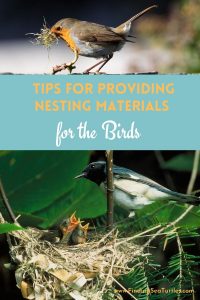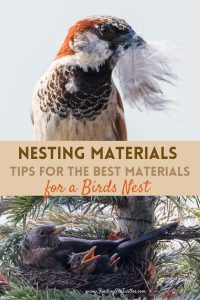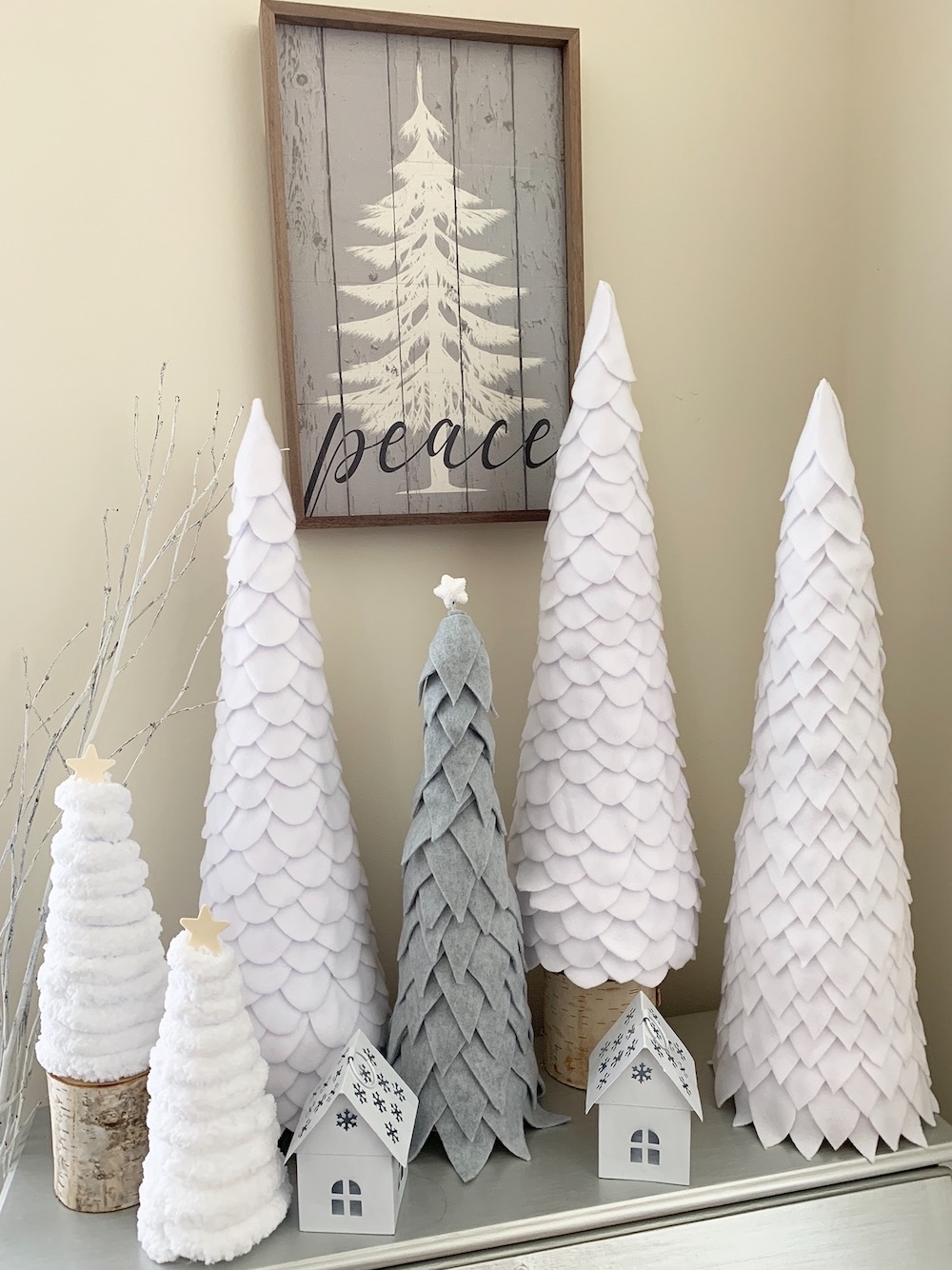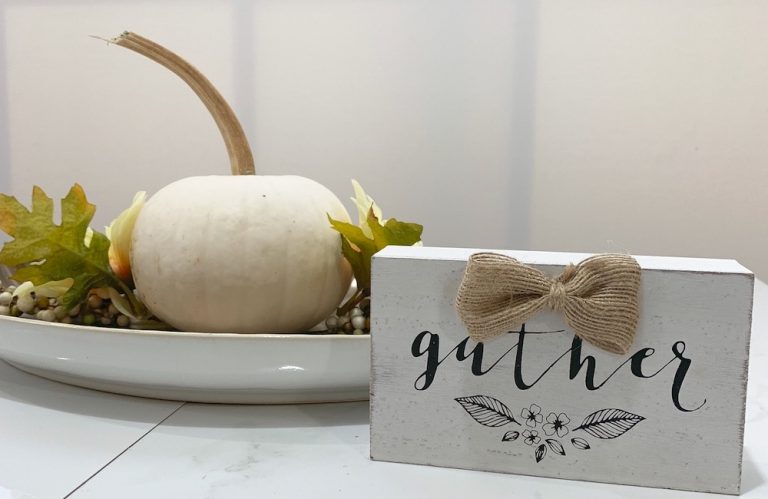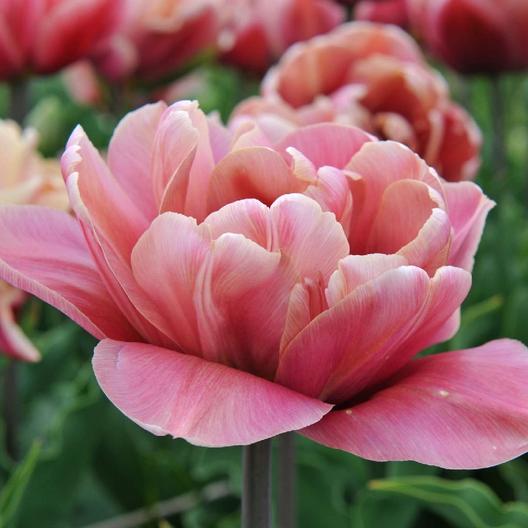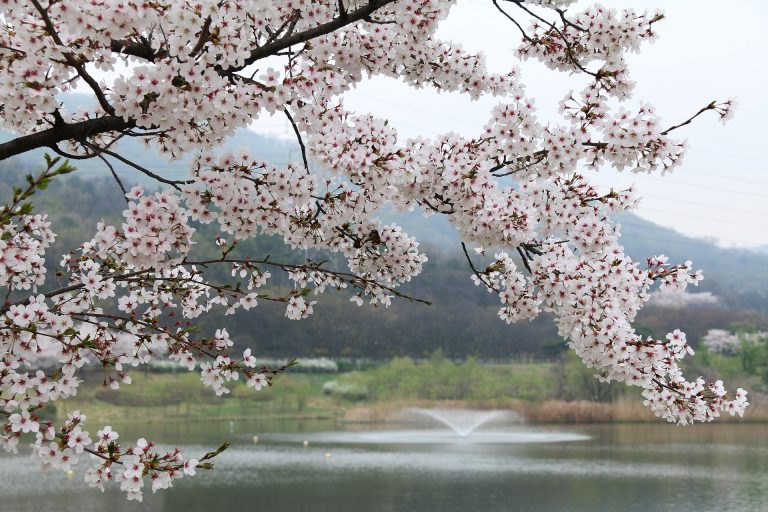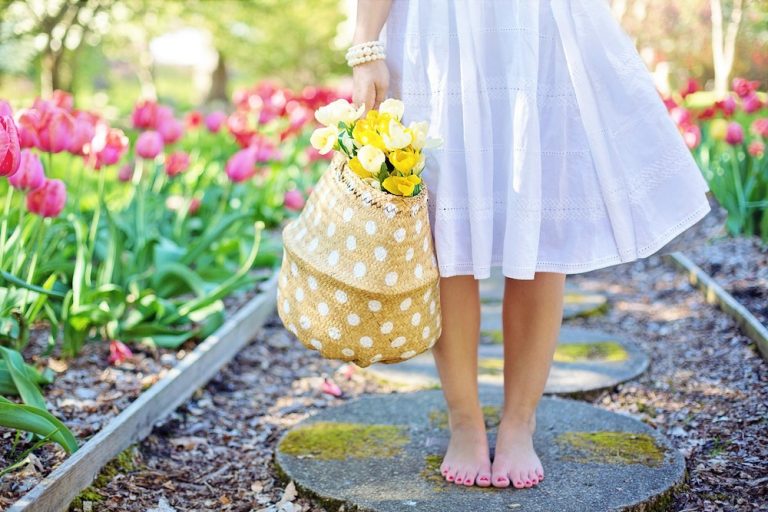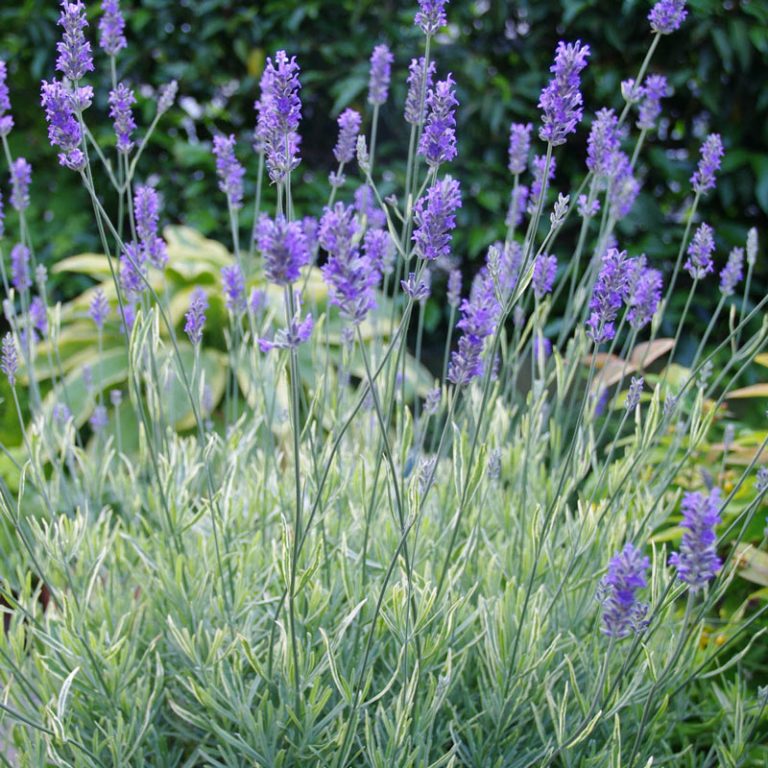Tips for Providing Nesting Material for Birds
Tips for providing nesting material for birds are quite easy. Especially while doing your Spring garden cleaning. In this post, we tell you what materials birds need for creating a nest for their offspring.
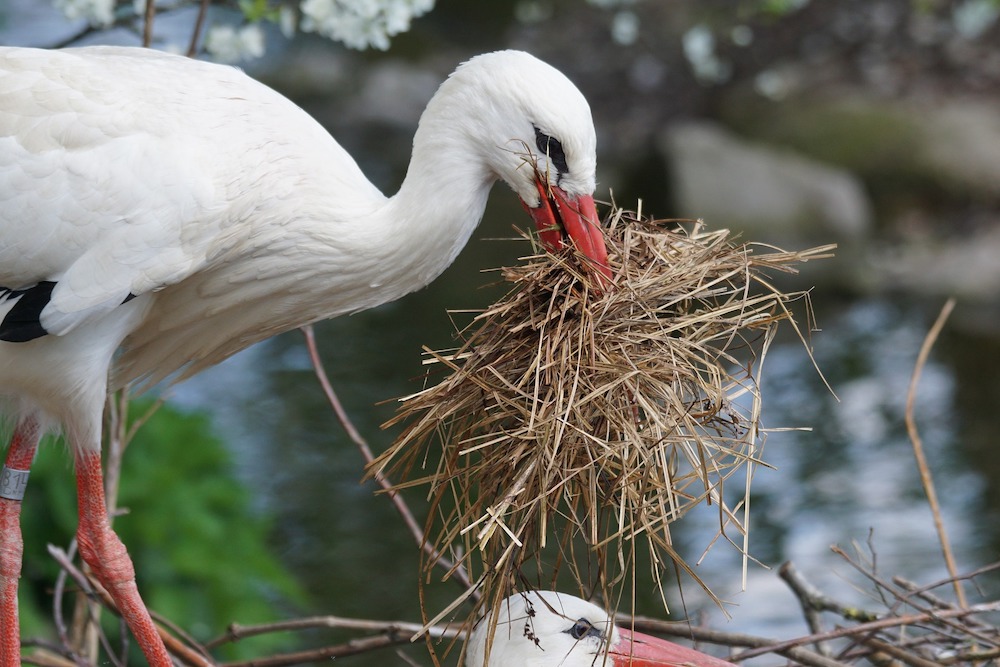
Birds are attracted to Gardens with Four Resources
To make your garden attractive to birds so they not only visit but remain, the garden must have four resources. The first resource is a variety of food sources for birds to eat. The greater the variety of food sources the better. Over the warmer months, most gardens have an abundance of plants, insects, earthworms, seeds, and berries for birds to eat. Both the Spring and Summer seasons supply food for the birds. On the other hand, food sources decline in the Fall months in many gardens. And over the Winter months, food becomes scarce or even nonexistent. It is important to have garden plants that provide food all year long and especially over the Fall and Winter months.
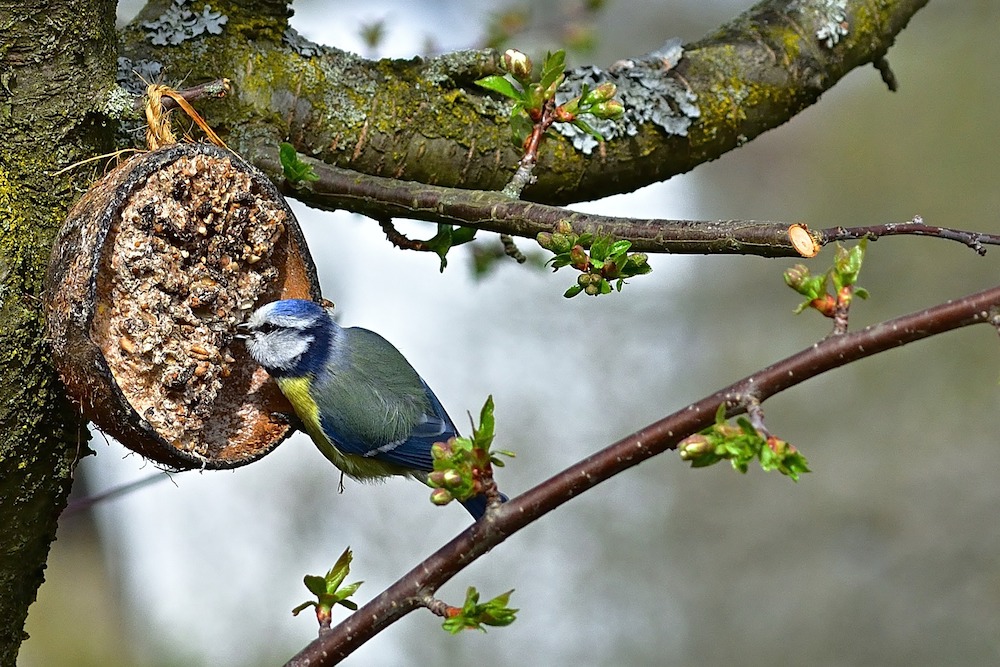
After having an adequate supply of food, birds need fresh clean water. The second resource is to provide a continuous, reliable source of fresh, clean water. Birds not only use water for drinking but to bathe as well. By providing water in your garden, you’ll attract non-seed-eating birds along with seed-eating birds. For more information about providing a reliable source of water read our post – How to Provide a Reliable Water Source for Birds.
Tips for Providing Nesting Material for Birds – Habitat
The third resource birds need is a habitat where they can take cover from inclement weather conditions as well as predators. These habitats are vital for the survival of birds as well as other wildlife species. Include plenty of shrubs and trees for birds and other wildlife to take refuge when needed. See our post-Native Shrubs that Attract Birds for more information.
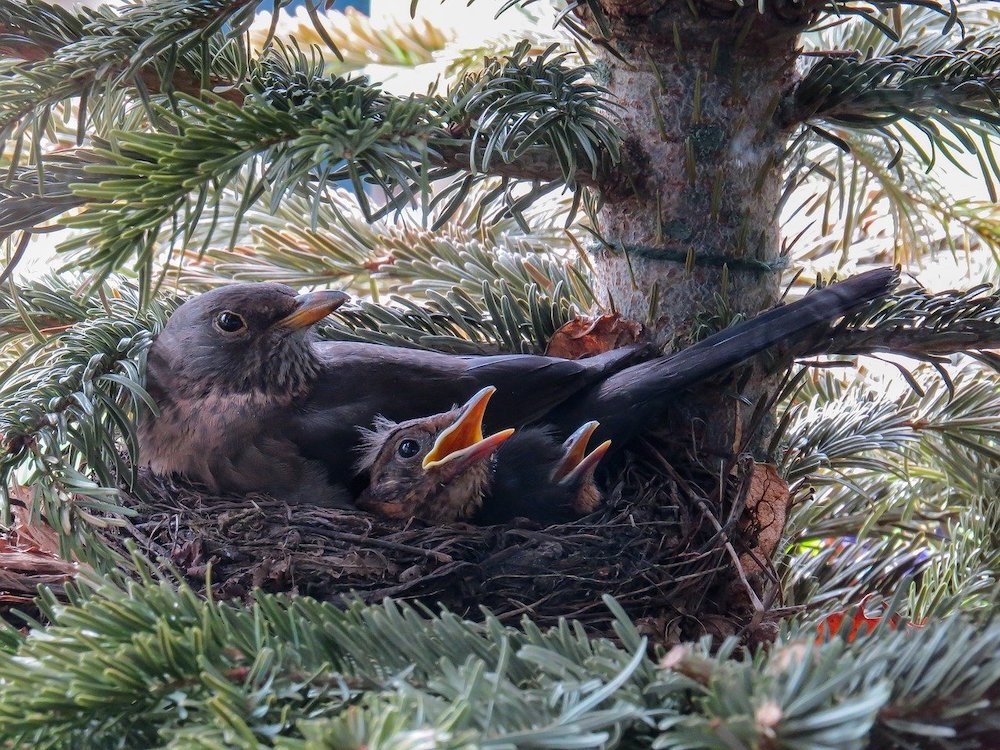
Just as important is a habitat for nesting. The fourth resource that birds need is a place to nest and the safest place to raise their offspring. Survival of the next generation of birds is at risk without the right nesting habitat.
Tips for Providing Nesting Material for Birds – Wildlife Habitat
A wildlife habitat includes all the elements necessary for all wildlife species to survive. This encompasses an adequate food supply, a continuous source of water, a shelter that provides cover, and for nesting with a safe place to raise offspring. A wildlife habitat includes all wildlife and is not limited only to birds.
Birds need many of the same elements as most wildlife do. But for the purpose of this post, I’m addressing a bird’s needs specifically. Birds build nests during the Spring and Summer seasons.
Nesting Material for a Bird’s Nest
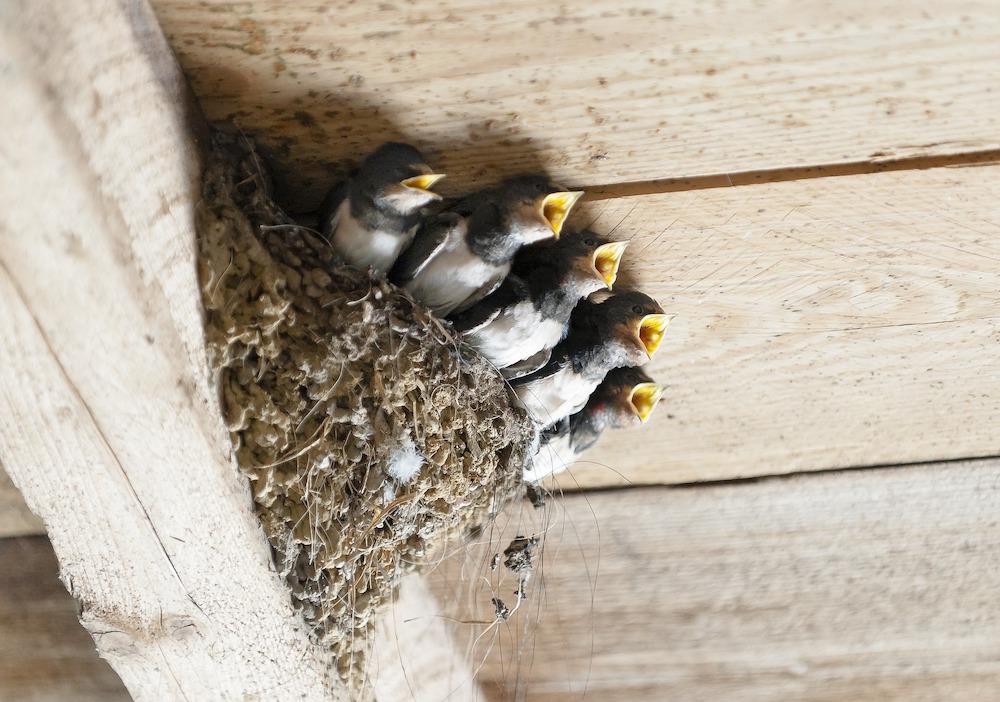
There are many different types of bird nests. Some birds nest in the cavity of a partially dead tree or hollowed-out tree. Other birds build a nest suspended from a tree branch or on it. And some birds build their nests high in a corner where a wall meets the ceiling such as in the image above.
The most commonly seen bird nest is a cup-shaped nest made out of garden debris scraps and even mud. The outer part of the cup-like nest tends to be coarse while the interior is made from a softer material. After all the offspring need a more smooth and refined nesting area to live once they have hatched. Course material could potentially injure the young hatchlings.
Some bird species build their cup-like nest in a dense shrub or tree so that it remains hidden and out of sight. Other species build their nest inside a tree cavity or the inside of a nest box.
Common Materials Used for a Nest
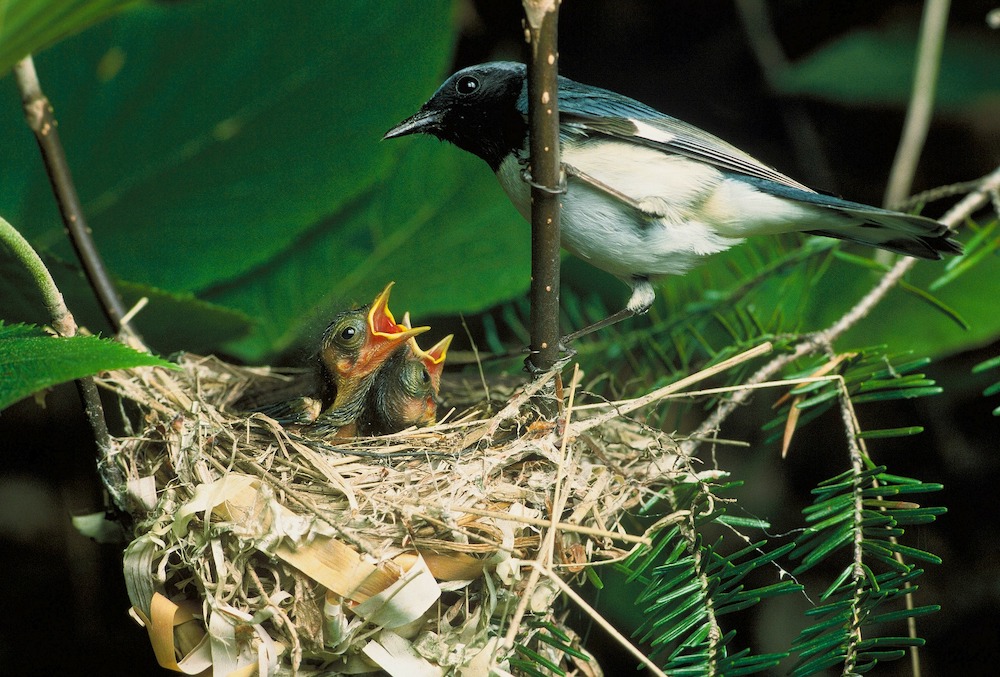
The most common materials used by a bird for nest building, are found in your yard. Items you consider yard waste are well suited for nest building. This includes fallen leaves, dried flower stalks, and twigs. Below is a list of commonly used materials for nests.
Best Materials for Nest Building
Dry grass (if no pesticides have been used)
Dead leaves
Dead twigs
Old dead flower stalks
Natural coir fiber (planter liner)
Coconut husk fiber (from old hanging basket liners)
Pine needles
Bark strips
Moss
Feathers
Plant fibers or plumes (from ornamental grasses)
Mud
Provide nesting material for birds by placing the items in a pile on the ground. Items such as leaves, dry grass, twigs, and old dead flower stalks gathered in a pile work well.
Likewise, a great place to leave items is in a clean suet cage or open cage-like container. Hang the suet cage from a tree branch, fence post, or fence rail. The best place is an out-of-the-way site where the nesting materials can easily be accessed by the birds.
Birds may raid your compost pile or heap if the compost is left exposed and open. We’ve noticed a few birds taking a peak at what we added to our compost pile. And helping themselves to a few dried plant pieces for their nest.
Other Materials Used for Nests
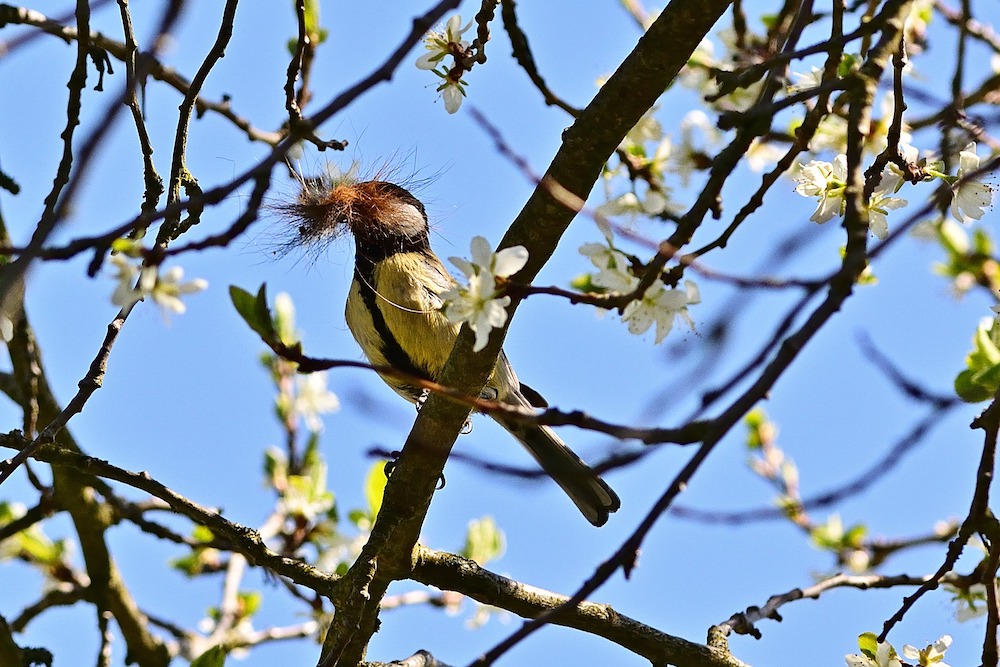
A few bird species use snakeskin and spider silk for nest building. Spider silk has an elasticity feature that allows the fiber to stretch which is beneficial for bird nests. Certain birds use mud to build nests. Keeping a mud puddle in the garden during the nesting season in the Spring and Summer helps some species of birds.
Materials Not Suitable for Nest Building
Anything made from plastic
Plastic strips
Aluminum foil
Cellophane
Dryer lint
Tinsel
String
Thread
Yarn
It is strongly discouraged from leaving any pieces of thread, string, or yarn for birds to use as nesting material. Too many birds have had their small legs and feet entangled in string, thread, and yarn. Wildlife experts that rehabilitate birds have warned about the dangers of using string, thread, and yarn as nesting material. It simply is not worth the risk that it poses.
Tips for Providing Nesting Materials for Birds – In closing . . .
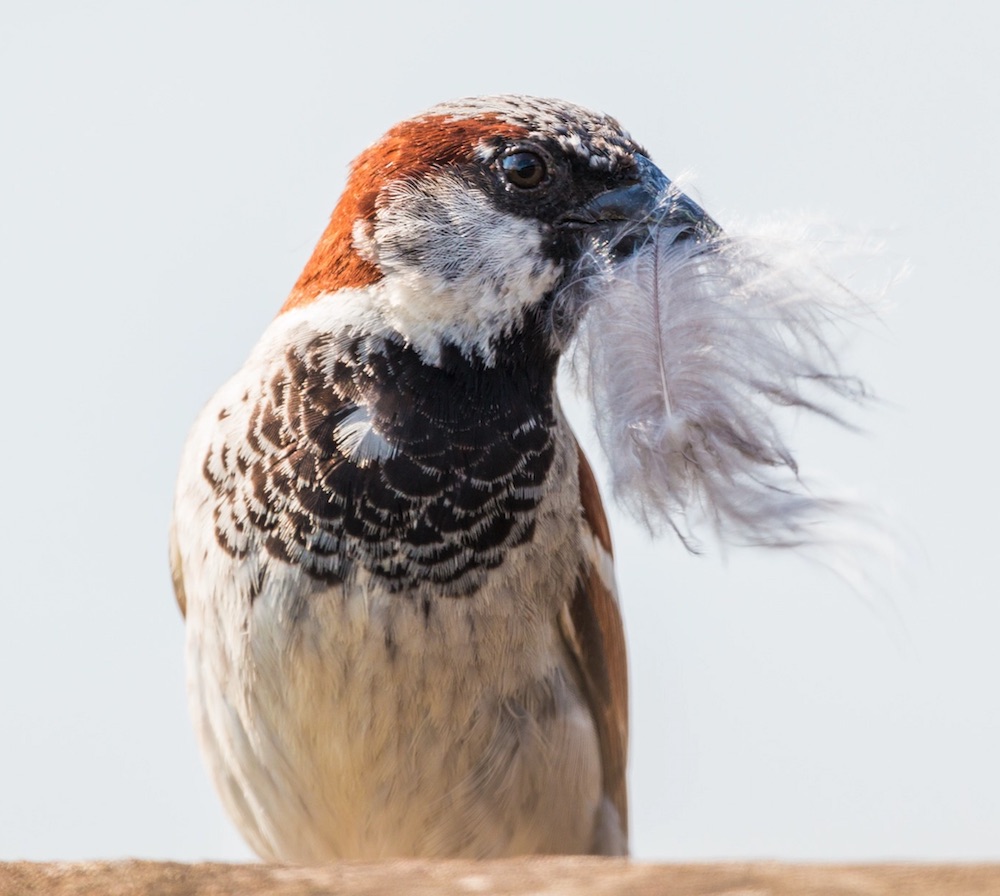
No matter how tempting it may be to thoroughly clean your yard, Spring garden cleaning set aside garden materials for the birds. A pile of dead leaves, stalks, and twigs tucked away and out of sight is beneficial for bird nesting. You’ll be glad you did.
Interested in wildlife habitat?
You Will Enjoy our other wildlife and garden-related posts.
How to Build Habitats for Beneficial Wildlife
How to Create a Wildlife Sanctuary with Native Plants
Native Plants that Attract Birds
Plants that Attract Hummingbirds
And if you have any questions, feel free to reach out to us. We always are ready to help you out. Thank you for dropping by.
Mary
Pin for Later:
